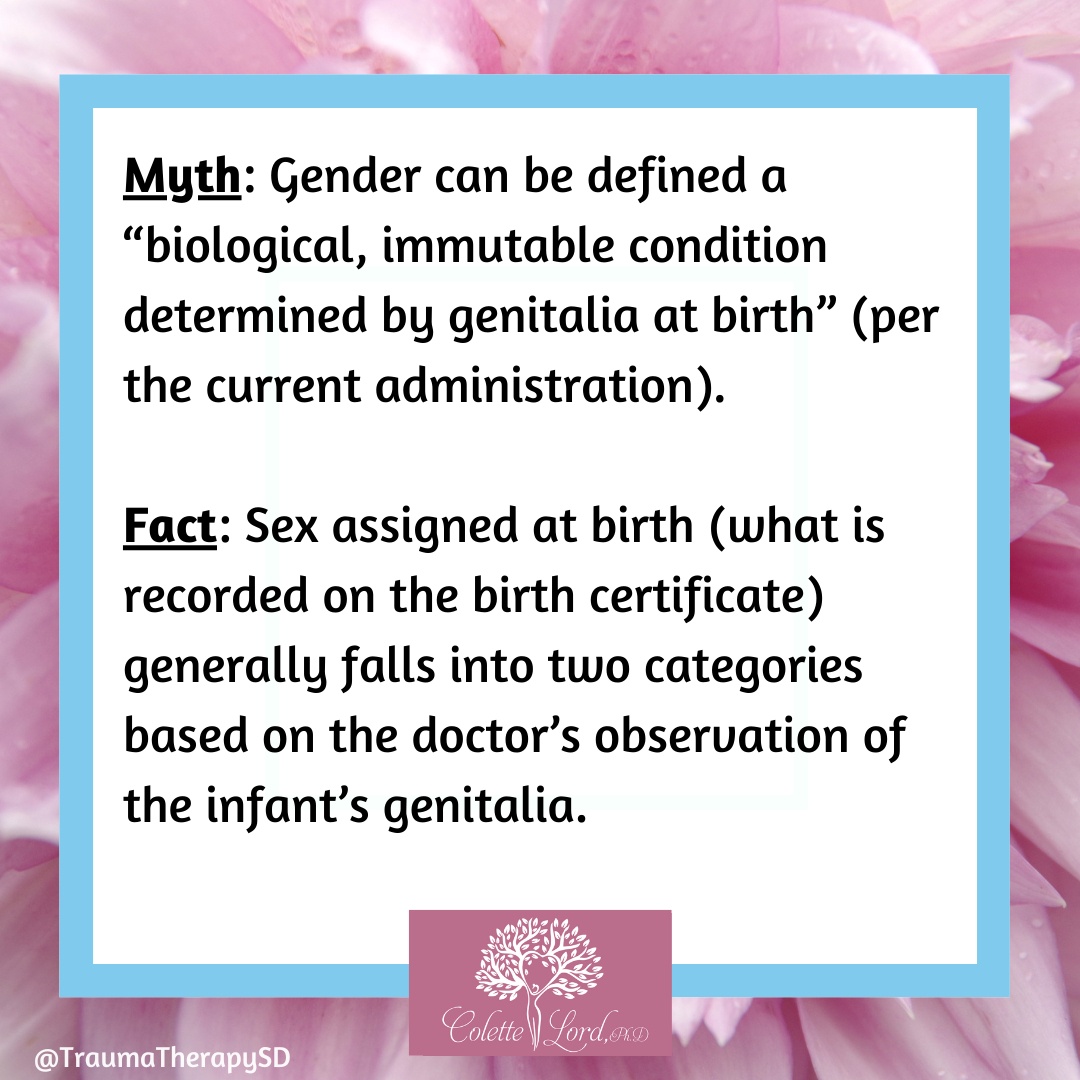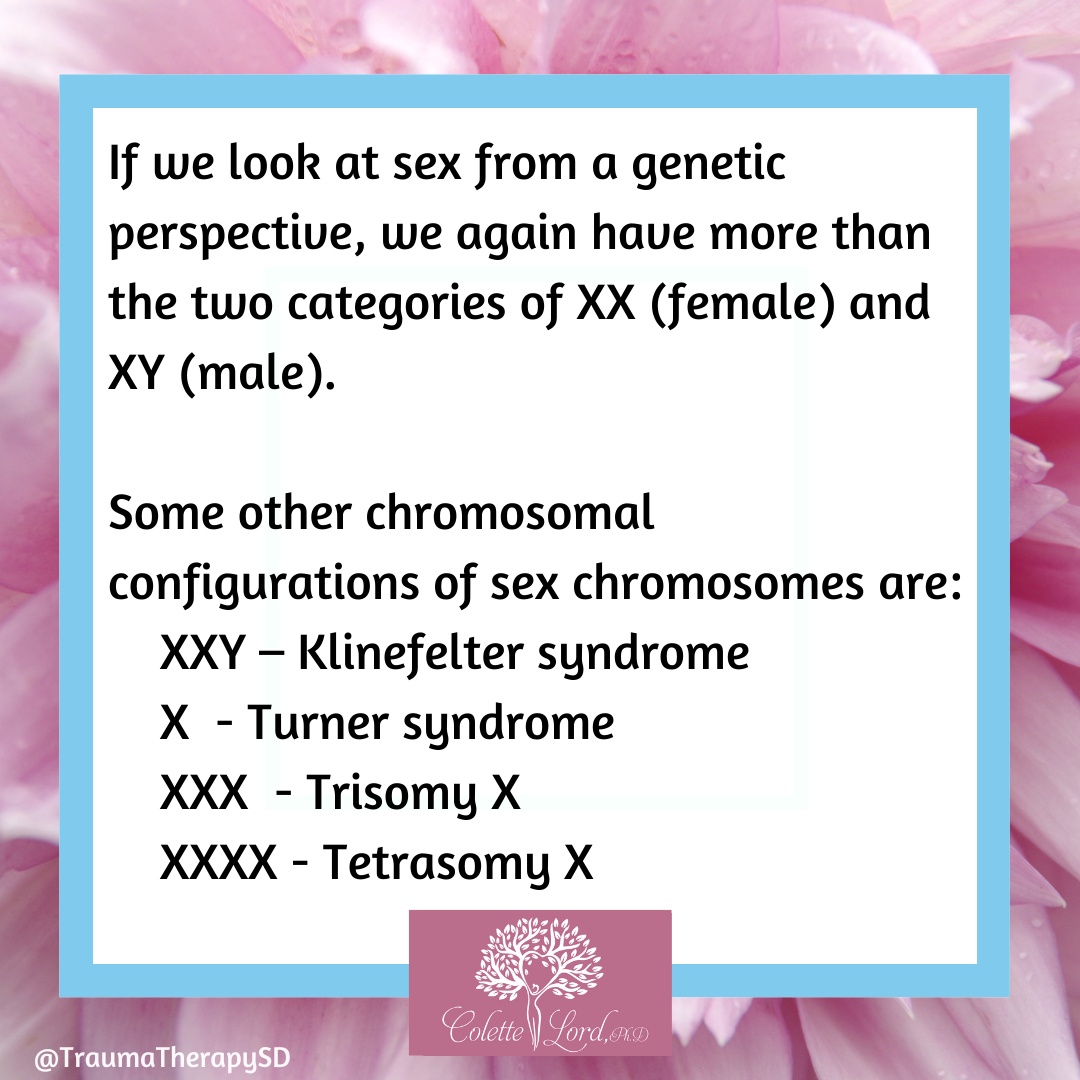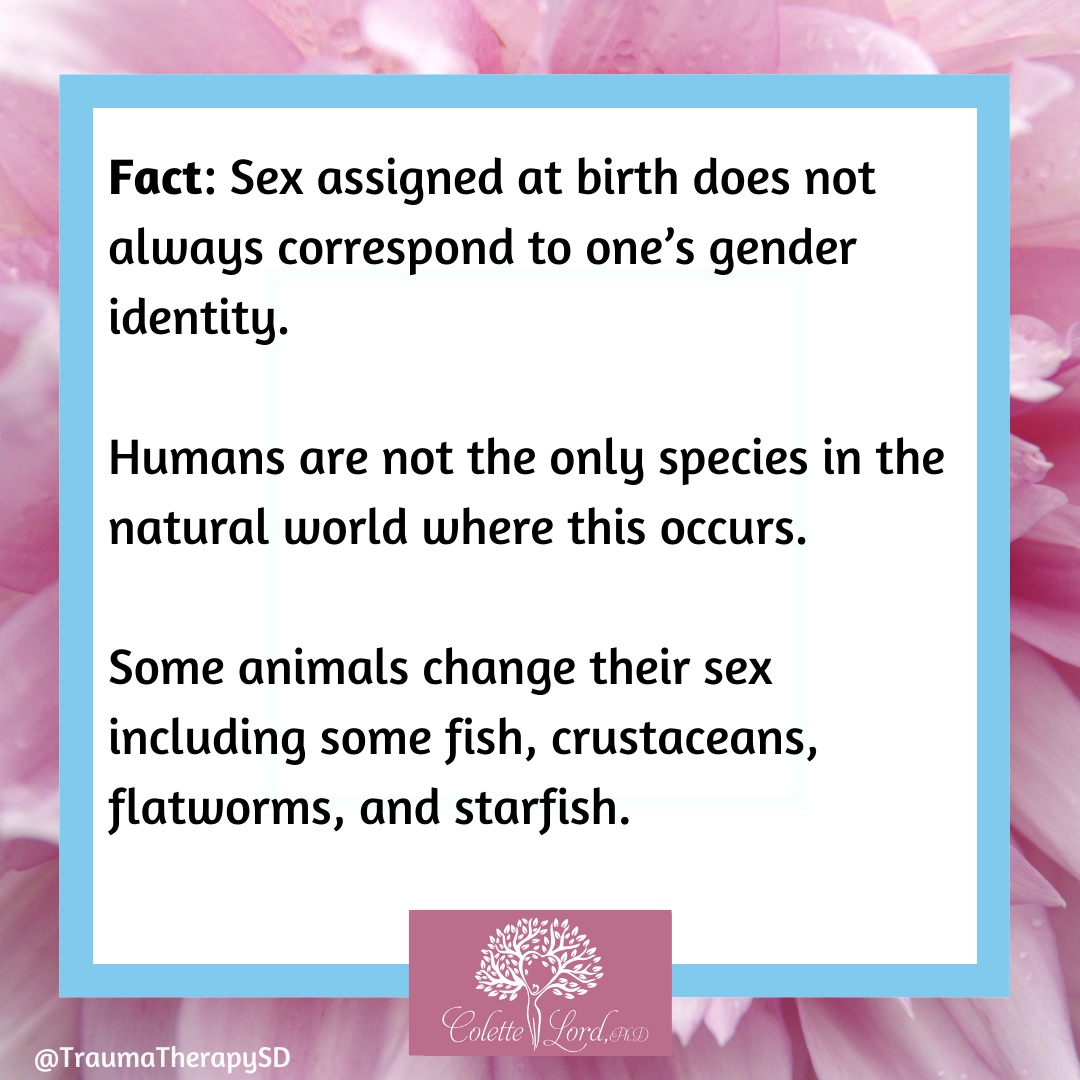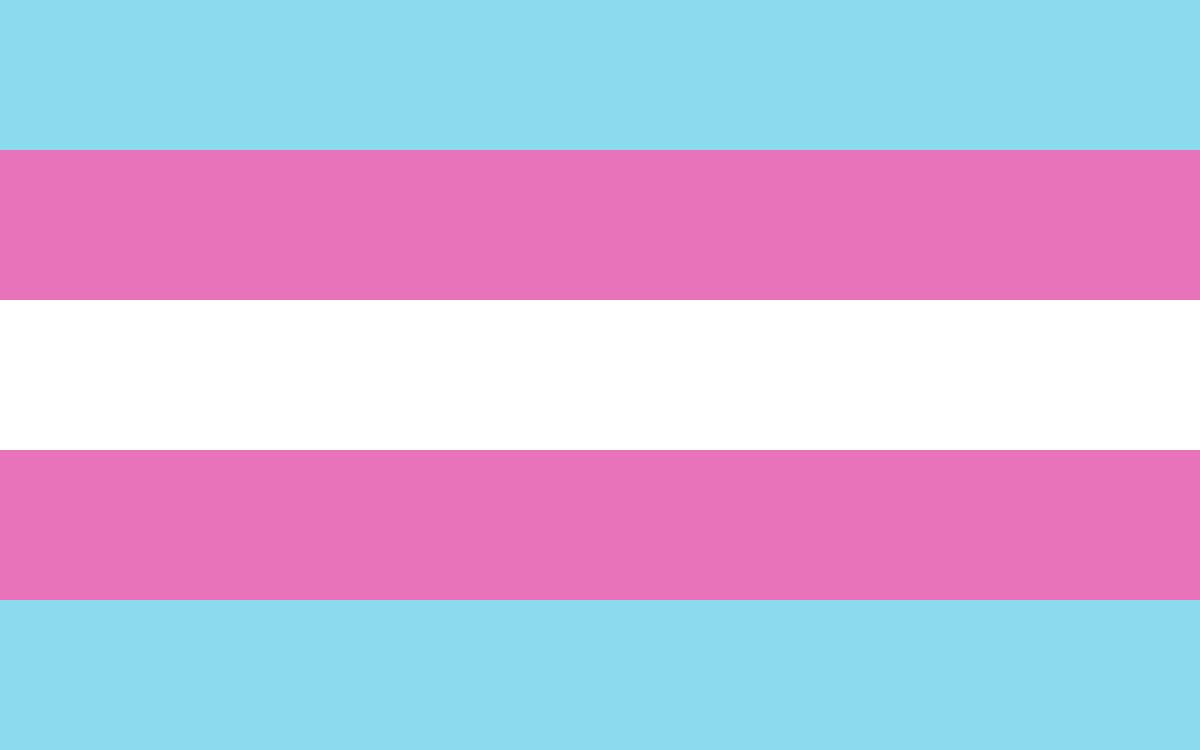Gender myths and facts
Myth: Gender can be defined a “biological, immutable condition determined by genitalia at birth” (per the current administration).
Fact: Sex assigned at birth (what is recorded on the birth certificate) generally falls into two categories based on the doctor’s observation of the infant’s genitalia.
However, with intersex infants, their genitalia and reproductive anatomy may be ambiguous and difficult to categorize. Sometimes this results in a mismatch between the sex assigned at birth and a person’s gender identity.
If we look at sex from a genetic perspective, we again have more than the two primary categories of XX for female or XY for male. Some of the other chromosomal configurations of sex chromosomes are:
XXY – Klinefelter syndrome
X – Turner syndrome
XXX – Trisomy X
XXXX – Tetrasomy X
Fact: Sex assigned at birth does not always correspond to one’s gender identity. Humans are not the only places in the natural world where this occurs.
Some animals change their sex including some fish, crustaceans, flatworms, and starfish.
Cushion stars change sex as part of their normal life cycle, being born female and after breeding becoming male.
Some fish and frogs change sexes in response to social circumstances or environmental factors.














